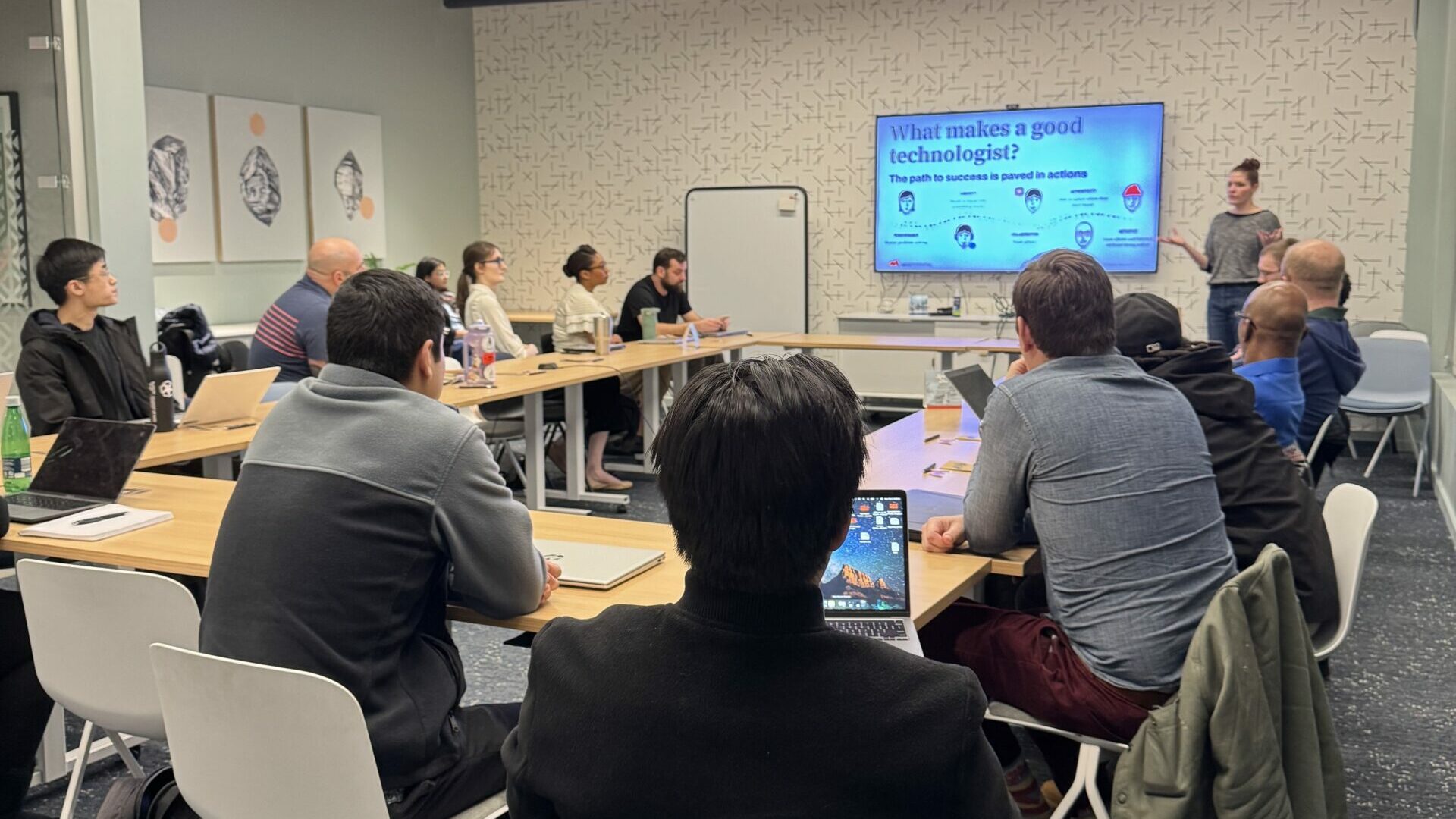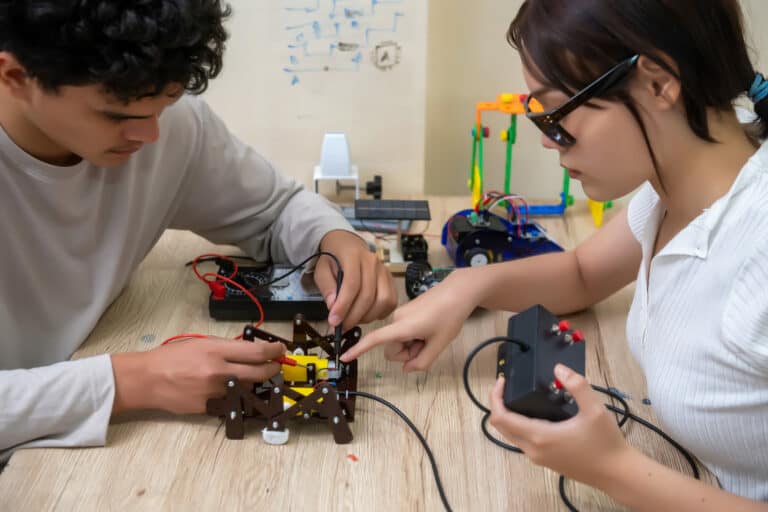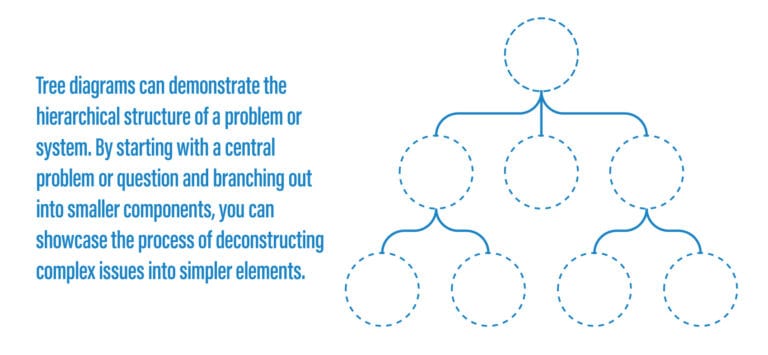Habits Create a Mental Environment for Tech Learning
By MAXX Potential
- Posted:
- Apprenticeship, Education

Meet Shawn Yu, MAXX Potential Apprentice and regular programming hobbyist. Something that stands out about Shawn is that he has demonstrated some strong habits. Since starting at MAXX Potential, he has entered nearly every internal Hack-a-Thon and Tack-a-Thon event, and he’s also claimed the title of Apprentice of the Month in 2024.
Learning by doing is one of the pillars of skill development, and Shawn has exhibited a strong commitment to learning by doing. He has consistently submitted his entries a week before the final deadline, meaning that he’s unlocked a system that works for him when it comes to working on his tech projects.
We chatted with Shawn to find out his secrets to forming strong habits.
Creating the Right Work Environment
“I try to create a set of habits and procedures that create a mental environment to propel me, or make it enticing to start coding.” Shawn explained. He’s found that having a third space meant specifically for his projects makes a difference to his productivity. When he leaves work, he lets the momentum from his work day carry him into his personal coding work. “I usually try to keep that momentum going by going to the library without sitting down to keep some movement to move from one procedure to another. It’s my strategy.”
It helps that programming is one of Shawn’s hobbies. He pointed out that he generally has a project cooking in the background, and he typically has a few going at once. Shawn usually starts a project for his own amusement, and he keeps in mind the skills that he wants to learn.
“I used to be a very dedicated painter, and that’s how I set up my painting everyday routine to get better at that particular scale.” Shawn specified how he learned to create a specific work environment for himself with painting. He shared, “I thought maybe it would apply to this too.”
From following his own curiosity to finding out that his manager wants to see a specific set of skills for the role that he’s in, Shawn has a variety of ways of determining what tech skills to pursue. He pointed out, “I try to learn things for fun. So I don’t find it challenging to keep on learning new things after work, but sometimes I do find it challenging to focus on one thing.”
Staying Motivated with Personal Projects
Working on personal projects while balancing the demands of life can be a struggle on a good day, but it can become even more difficult when there’s a drop in motivation too. Shawn shared that he finds guilt to be a powerful motivator, especially since he has the goal to keep working on expanding his tech skills and complete his projects.
“I’m just forcing myself into the library, and if other people are there to look at what I’m doing, it feels bad to slack off.” Shawn admitted.
Mood music helps focus Shawn too. He’s also found that having a corner of his space dedicated to coding really helps him maintain his momentum on projects. Being able to create these specific environments has truly made it a lot easier for him to work on his projects.
Learning by Doing Projects
“It’s better for me to learn by doing projects. So I like to have a set of skills I want to learn and pack all of them into one project.” Shawn shared. He doesn’t rely on any specific type of organized tracking system when it comes to growing his tech skills. He pointed out, “That learning would generate other new things for me to look into, such as unexpected issues that I have to solve.”
A lot of Shawn’s life is focused on creating. If he’s not working or developing his tech projects, it’s possible that he’s focused on his artwork. Shawn works on a number of projects at once.
“I do have a system where I try to balance life and work by tossing a dice to see whether or not I will do more play or work after work.” Shawn specified that he doesn’t always make himself make the decision of what he will do after a work day. He hands that decision off to the whimsy of the draw, and it helps him dial into his project focus. He shared. “It does sometimes help create the interesting environment that I like to be in.”
Developing Future Learning Goals
“I’m working on more object-oriented programming at the moment.” Shawn said, “With that, I hope to learn more about back-end development other than with JavaScript. I’m also working on learning some basic ideas about quantum programming. It’s just another thing that I’m curious about.”
Shawn stays on top of tech trends by following different YouTubers and podcasters, and he specified that he follows The Coding Train where they do a lot of little games with new technologies that are being released. These podcasts often inspire him to try different things in his own projects. He listens to them while coding, jogging, or driving.
“C# is a program that I’m not particularly very comfortable with.” Shawn explained that he chose to focus on C# since it happens to be at the top of his learning queue at the moment, and he also shared, “I needed to get better at that thought process to make myself better at back-end programming.”
Advice for Others
“I would say, what advice would I give?” Shawn pondered the question, “It’s hard to start. Once you get started, it gets easier. Sometimes, if you get into the flow, it goes on for hours, which is really great.”
The main habit that Shawn continued to return to as the foundation for his coding projects was having a good environment that makes your subconscious want to work on the project at hand. Shawn said, “Sometimes habits create a mental environment. If it becomes a habit, and the habit itself takes you to the environment where you have to work. Sometimes you don’t have to think about it, just sit down and work.”
MORE POSTS
Director of Emerging Technologies Talks About AI Code Editors, Chat Interfaces, and Agentic AI
Building Tech Careers from the Ground Up
Alumni Success Story with Brad Chaffee, Insider Threat Analyst at Randstad Digital












